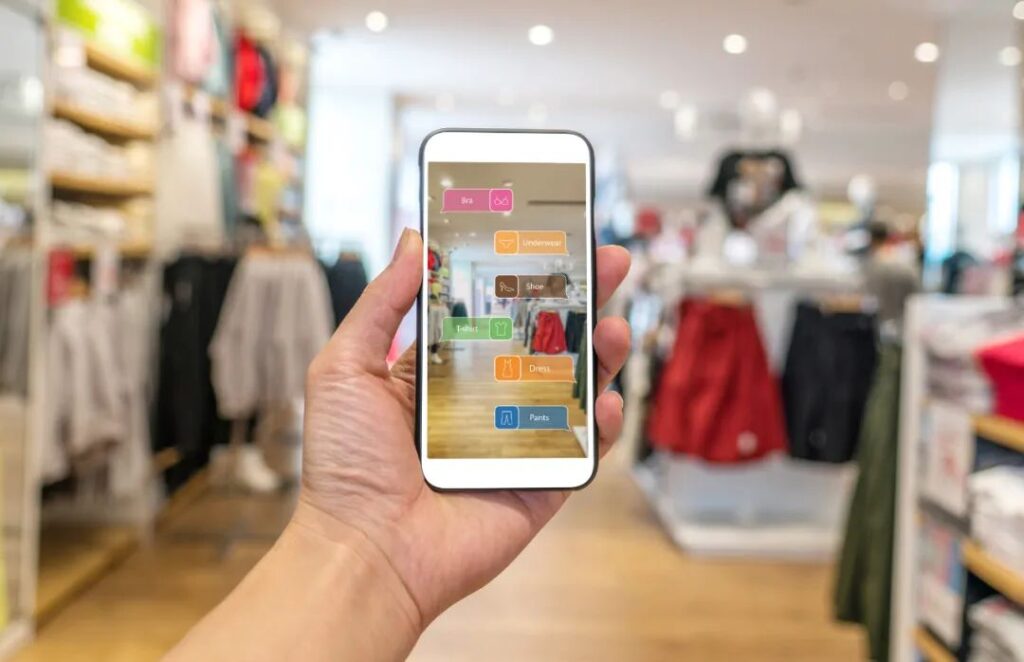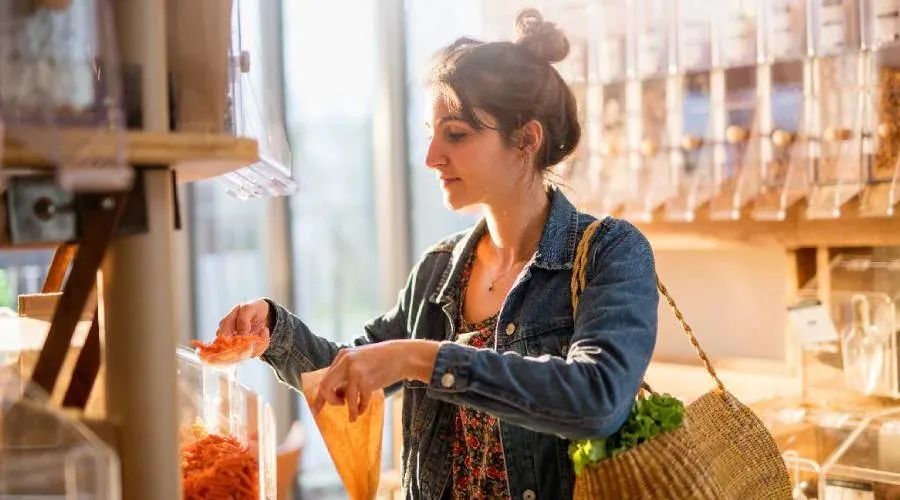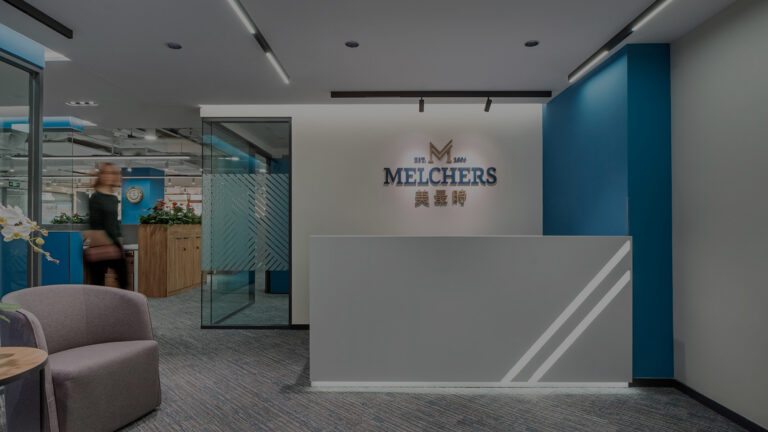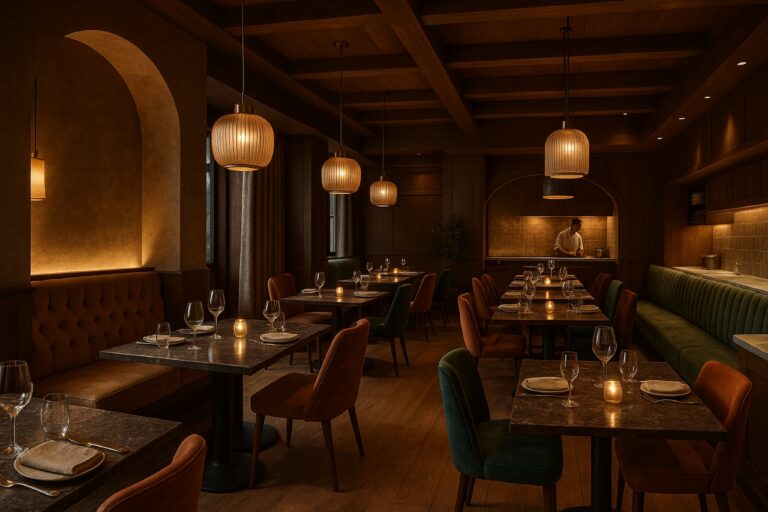Trends are constantly changing within the retail industry. It was especially true in the past two years when brands and customers quickly had to adapt to the new rules. 2022 was all about getting back to our pre-pandemic life, however, it’s already safe to say that some retail trends will remain with us. In this article, we will briefly introduce five trends that have been shaping the retail industry since 2020.
1. Agility
Retailers are used to changing layouts regularly between seasons or weekly promotions. The pandemic has once again shown the need to extend agility to new challenges such as inflation, labor changes, or supply chain disruptions. Retailers must invest in agility and flexibility to adapt quickly to change. This skill partially depends on having the right technology and processes to help identify, track and respond to issues. That includes quickly changing products displayed on websites and effortlessly using all available online and offline channels. Retailers must make agility a central part of their business strategy and ensure that their internal structures do not delay their ability to adapt by creating storage, sharing information across the enterprise, or approving changes at too many layers.

2. Authenticity
Consumers are tired of being sold to. From social media influencers to website ads, consumers are overwhelmed, and as a result, they seem to be turning away from advertising and toward authenticity. Authenticity is how a consumer perceives a brand to be faithful to itself. In Bazaarvoice’s 2022 Shopper Experience Index, 53% of consumers said that user-generated content (UGC), like reviews and photos, gives them more confidence in their purchasing decisions. Brands and retailers must embrace authenticity to continue to attract consumers and make them feel confident in their purchases.

3. Social Commerce
Social commerce is an extension of e-commerce where consumers use social media to make direct purchases while scrolling. Bazaarvoice found that 69% of consumers were inspired by social media. 54% said they would be more likely to purchase social media if they could click on posts to get information about the product. Bridging the gap between inspiration and purchase is becoming increasingly important as consumers adopt an “I see it, I want it” mentality.

4. Phygital
The world of online and digital retail is no longer the only platform for online startups and businesses. Phygital or omnichannel shopping, which combines online and offline channels, is increasingly becoming the default shopping method for consumers. According to a massive global survey by the IBM Institute for Business Value, hybrid shopping is the primary shopping method for 27% of consumers. Many consumers expect phygital’s basic implementations, such as online shopping and in-store pickup, or the ability to check stock levels online before visiting a store. The discovery of phygital in new ways will continue with the emergence of augmented and virtual reality, the metaverse, and other digital channels.

5. Upcycling and Traceability in Demand
Upcycling is on a fantastic growth course with the second-hand clothing sector expected to grow faster than fast fashion. Besides purchasing sustainably, traceability is critical too. Customers favor brands that deliver on climate promises and meet science-based targets for emissions reductions.





